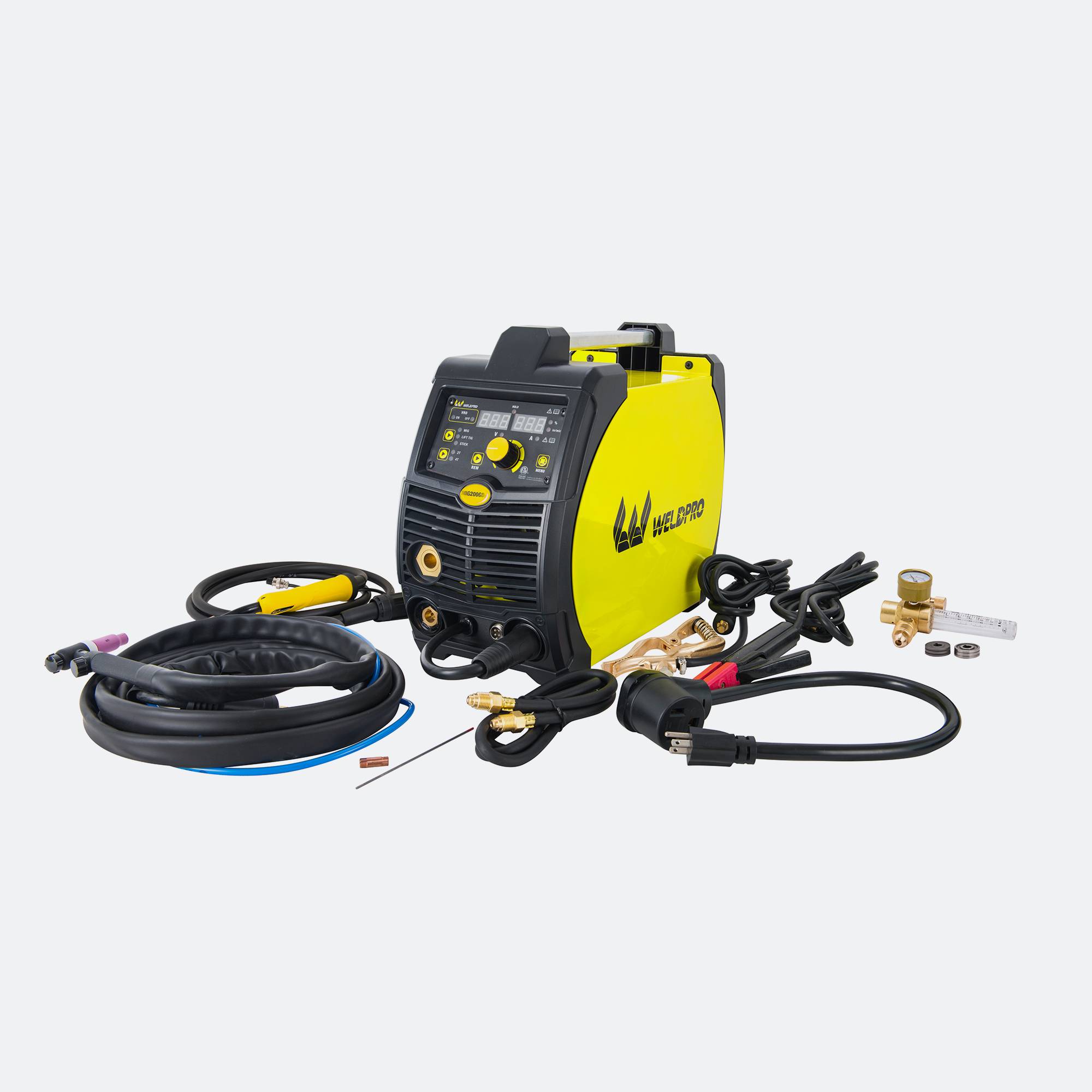 Where To Buy
Where To Buy  Sign In
Sign In-
Cart
Loadding...
The evolution of MIG welders has been a fascinating journey that spans decades, with significant advancements in technology, des
The evolution of MIG welders has been a fascinating journey that spans decades, with significant advancements in technology, design, and application. MIG welders, also known as Metal Inert Gas welders, have revolutionized the welding industry, moving from traditional methods to modern techniques that provide greater precision, ease of use, and versatility. This article explores the development of MIG welders, from their early beginnings to their current state, highlighting the key changes that have shaped them into the essential tools they are today.
MIG welding was introduced in the 1940s during World War II when the demand for efficient and strong welding techniques reached new heights. At the time, the primary method of welding was the manual arc welding process, which required a significant amount of skill and experience. MIG welders offered a faster, more automated process, which was especially valuable in industrial settings where speed and consistency were essential. This initial development was a breakthrough, allowing welders to work with various metals and thicknesses more effectively than ever before.
In the early days, MIG welders used a relatively simple design that consisted of a wire feed mechanism, a power source, and a gas shielding system. The wire feed provided a continuous supply of welding wire, which was used to create the weld. The gas shield protected the molten weld pool from contamination by the atmosphere, ensuring strong and clean welds. However, the technology was far from ideal. MIG welders of this era were limited in their functionality, with many of them requiring manual adjustments to the welding settings, making them difficult for inexperienced welders to use.
As time went on, MIG welders underwent several technological advancements. One of the one major improvements was the development of more sophisticated power sources. These new power sources allowed MIG welders to provide more consistent and reliable arcs, reducing the need for manual adjustments and increasing the overall ease of use. Additionally, advancements in gas shielding technology improved the quality of the welds, making it easier for welders to achieve smooth and clean results without the risk of contamination.
By the 1970s, the introduction of wire feed systems that were both more precise and easier to use helped further enhance the capabilities of MIG welders. These new systems provided better control over the wire feed speed, which in turn improved the overall weld quality. This improvement made MIG welders more versatile, allowing them to be used on a broader range of materials, from thin sheet metal to thicker structural components. This period marked the point at which MIG welders began to see widespread use in industries such as automotive manufacturing, construction, and aerospace.
The 1980s and 1990s saw even more significant advancements in MIG welding technology. One of the more important innovations during this period was the development of pulse welding, a technique that allowed for greater control over the heat input, reducing distortion and improving the overall appearance of the weld. This development was particularly useful for welding thin materials, which were prone to warping when exposed to excessive heat. As a result, MIG welders became even more adaptable to various welding tasks and industries.
In addition to pulse welding, the introduction of inverter technology in the 1990s was another major milestone in the evolution of MIG welders. Inverter MIG welders were smaller, lighter, and more energy-efficient than their traditional counterparts, making them an attractive option for both professional and DIY welders. These MIG welders offered better arc stability and control, resulting in more precise welds. The ability to fine-tune settings like voltage, wire speed, and gas flow provided users with greater flexibility and control, allowing them to achieve higher-quality results.
Today, MIG welders continue to evolve, incorporating features such as digital controls, advanced wire feeding systems, and improved power sources that enhance their performance and usability. Modern MIG welders are designed with the needs of both professional and hobbyist welders in mind, offering a wide range of settings that can be adjusted to accommodate various materials and welding techniques. Some MIG welders even feature auto-set technology, which automatically adjusts the settings based on the material being welded, taking the guesswork out of the process and making it easier for beginners to achieve great results.
Another recent development in the field of MIG welding is the rise of multi-process machines, which combine MIG welding with other processes such as Stick and TIG welding. These multi-process MIG welders provide even more versatility, allowing welders to tackle a variety of tasks without the need for multiple machines. This has become particularly important in industries like fabrication and repair, where a variety of welding techniques are often required.
Looking to the future, the evolution of MIG welders shows no signs of slowing down. With advancements in automation, robotics, and artificial intelligence, MIG welders are becoming even more precise and efficient. For example, automated welding systems that incorporate MIG welding technology are being used in manufacturing environments to increase productivity and reduce the need for human intervention. Additionally, the development of smarter welding machines that can communicate with each other and with central control systems is likely to change the way MIG welding is performed in the coming years.
In conclusion, MIG welders have come a long way since their introduction in the 1940s. From their early days as a simple and somewhat difficult tool to use, they have evolved into highly advanced machines capable of producing high-quality welds with greater precision and ease. As technology continues to improve, the future of MIG welders looks promising, with even more innovative features and capabilities on the horizon. Whether you're a professional welder or a hobbyist, MIG welders are an essential tool for achieving strong, reliable, and clean welds across a wide range of materials and applications.
Subscribe to Our Newsletter!